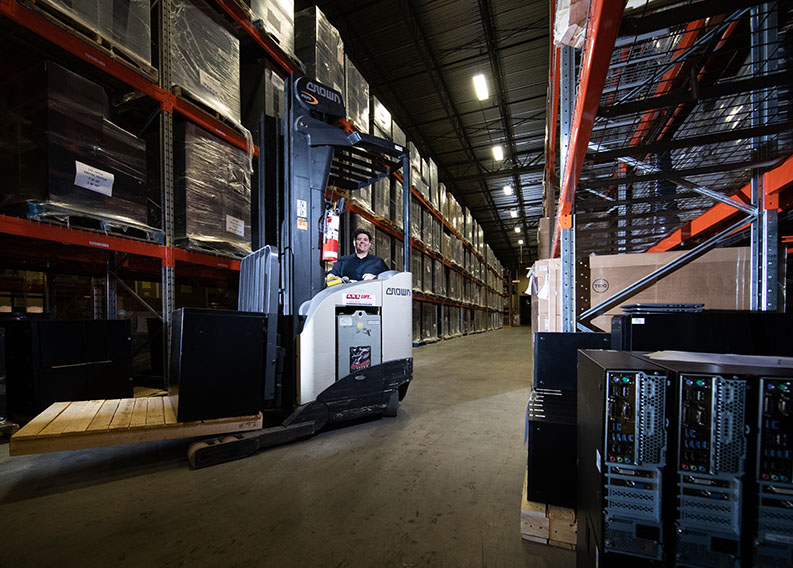Reporting on Results
Since the beginning of the COVID-19 pandemic, the House Administration has adapted to a new environment while also continuing to focus on its mission to support the parliamentary work of Members by anticipating their needs and delivering streamlined, personalized, quality services. While the events of the 2020—2021 fiscal year could not have been predicted, our current strategic plan—launched in 2019—has continued to guide our actions and accomplishments throughout the year.
2020–2021 results highlights
While the last year has undoubtedly put our strategic plan to the test, we have advanced on several key initiatives and found creative solutions to enable the House Administration to continue to provide outstanding services to Members and their staff, while also ensuring the continuity of business and the health and safety of employees.
- New forms of support for proceedings during the pandemic
- Increased transparency and accountability
- Support for health and safety in the workplace
- Enhanced security services for Members
- Adapted food services
- Remote recruitment, onboarding and learning
- Inclusion at the House
- A successful first-ever virtual Workplace Charitable Campaign
- Progress on the rehabilitation of the Parliament Building
- Careful management of furniture and assets
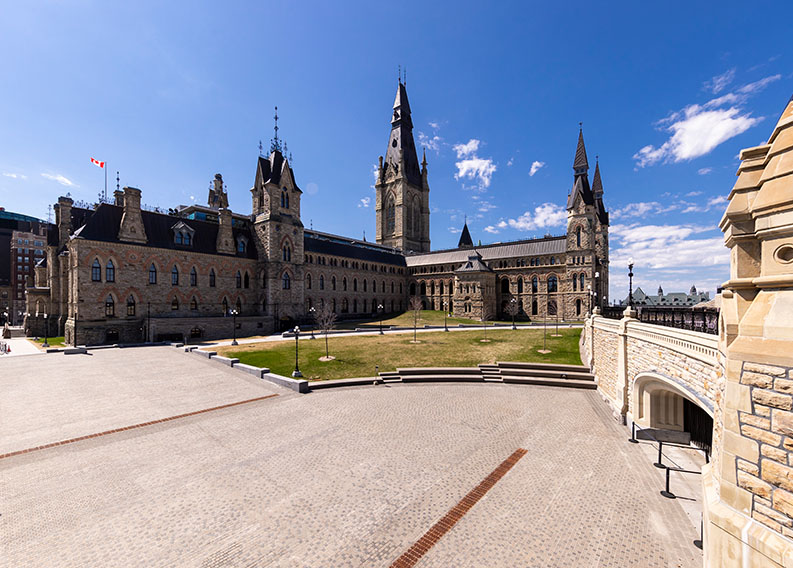
Improved client experience and operational excellence
New forms of support for proceedings during the pandemic
Teams from across the House Administration collaborated to facilitate participation in proceedings of the House and its committees. Hybrid or virtual proceedings require different forms of support than in-person proceedings. Administration employees quickly established new approaches to meet Members’ technological needs, while adapting to procedural considerations and maintaining the House’s broadcast standards. Some digital technology experts optimized video and audio feeds, while others provided technical assistance to participants before and during every meeting. These teams also joined forces—along with procedural staff—to create a secure electronic voting system.
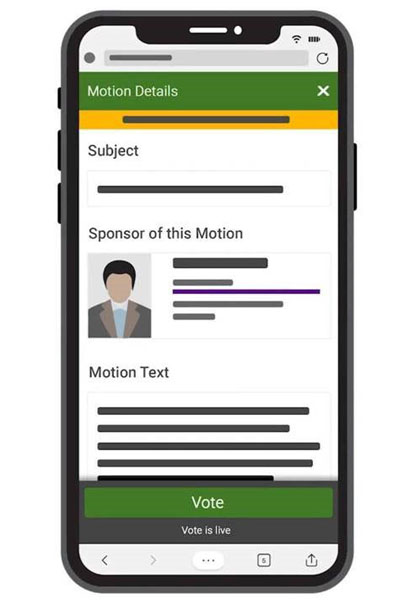
Behind the scenes: creating an electronic voting system
Following a decision by unanimous consent of the House in September 2020, the Administration was instructed to build a remote voting application. A solution was developed and tested over the subsequent weeks and months. Small simulations and demonstrations with the Speaker, House Leaders, Whips and their staff took place throughout the fall and into December. During these demonstrations, participants were able to go through the steps of the online voting process, ask questions, and provide feedback. To ensure the system’s readiness, House Administration employees also conducted routine tests, which is standard practice when developing new functionalities for Members.
Further to the adoption in January 2021 of the motion extending virtual proceedings until June 2021, the House conducted simulations of the hybrid voting solution on February 1 and 16, 2021, with all Members being invited to participate. On February 25, 2021, all four recognized parties expressed their satisfaction, and the new system was ready for use. On March 8, the House conducted the first vote using the new application, streamlining how Members participating remotely can cast their votes.
The Administration’s approach to using technology to facilitate parliamentary proceedings is constantly evolving, and we will continue to anticipate and respond to Members’ needs and adapt our services accordingly.
Increased transparency and accountability
Bill C-58, An Act to amend the Access to Information Act and the Privacy Act and to make consequential amendments to other Acts, came into force in June 2020. This legislation provides for the proactive publication of financial information regarding the Senate, the House of Commons and other parliamentary entities. Reports are now published and available to the public regarding expenses incurred by Members, Presiding Officers and House Officers related to travel, hospitality and contracts. In addition, reports are available on expenses incurred by the House Administration for employee travel, hospitality and contracts over $10,000. The reports and disclosure section of the House of Commons website was revamped to present the information in a way that is more user-friendly.
Support for health and safety in the workplace
Since the coming into force of Bill C-65, a number of health and safety initiatives have been introduced to support our commitment to ensuring a safe workplace. This bill amended the Parliamentary Employment and Staff Relations Act to make the health and safety requirements of Part II of the Canada Labour Code (the Code) applicable to parliamentary employers and employees, including the House Administration. We have developed tools and training to help Members better understand the new health and safety obligations under the Code. We also developed and implemented training sessions for the new Harassment and Violence Prevention Policy.
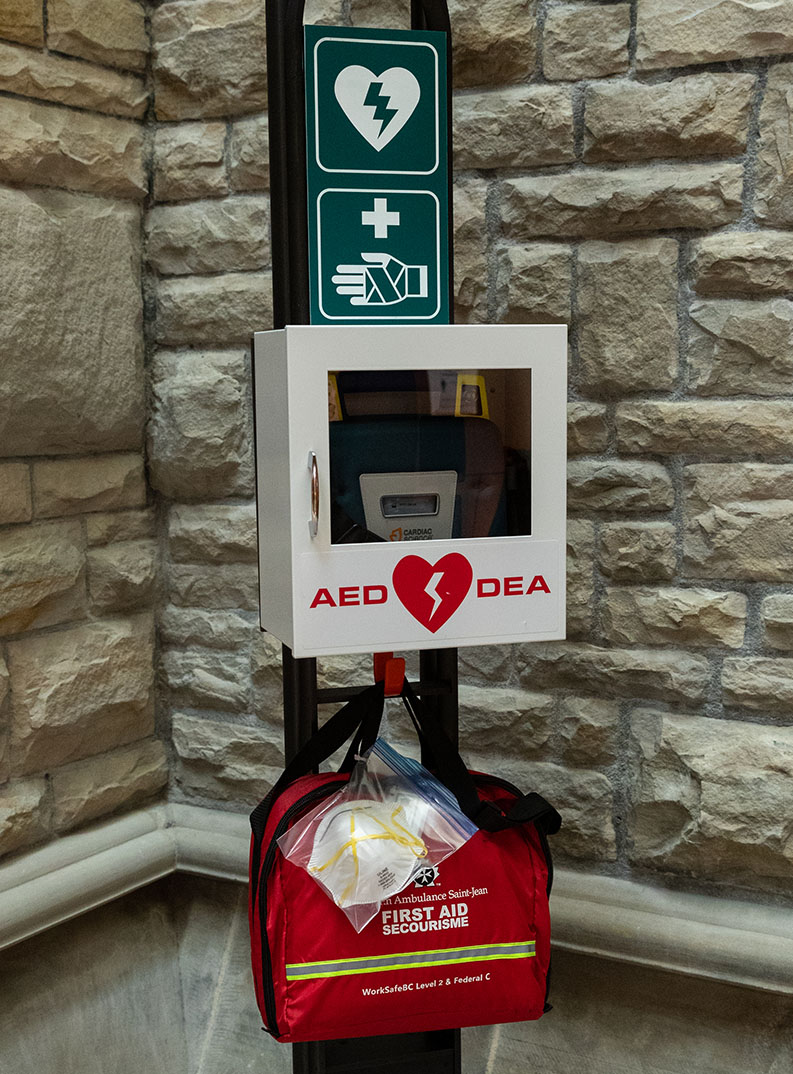
Unified and seamless services
Enhanced security services for Members
This year, the House of Commons strengthened security measures in response to concerns voiced by Members both on and off the Hill. A series of initiatives were approved by the Board of Internal Economy in fall 2020, including individualized assessments and recommendations for security enhancements at Members’ residences. Other security tools will be implemented over the coming year.
To help Members carry out their activities in a secure environment, the House Administration adapted the way security advice and outreach is provided by leveraging technologies such as instructional videos, podcasts, and e-training sessions tailored to the parliamentary reality. Topics include:
- security best practices for constituency offices;
- emergency preparedness and business continuity plans in constituency offices; and
- fire safety and prevention.
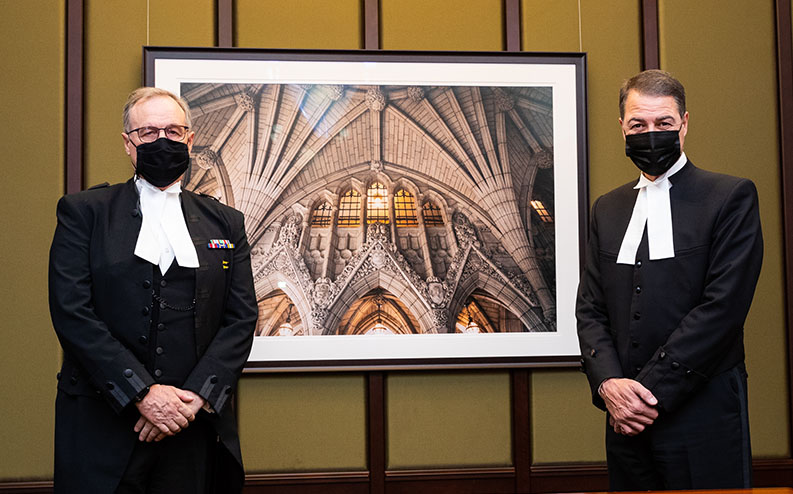
Adapted food services
As operations in the House of Commons’ food facilities had to be scaled back this year, our teams sought new and creative ways to deliver services. They developed a variety of products, including honey gathered from beehives within the Parliamentary Precinct and seasonal preserves. In addition, employees reviewed food inventories on a weekly basis and donated items that would otherwise expire before they could be used to The Ottawa Mission.
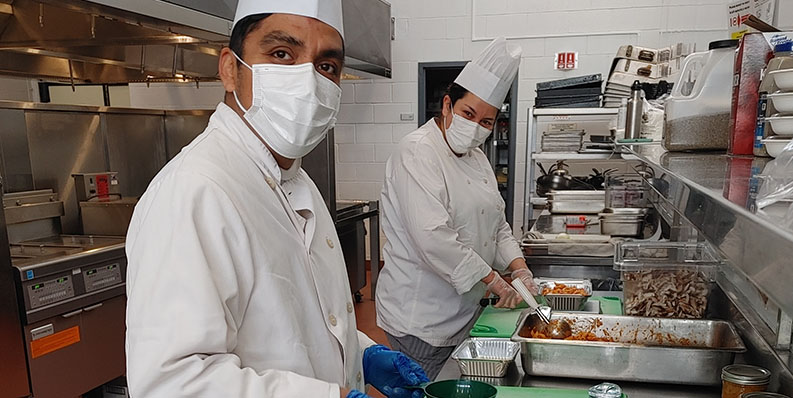

Did you know?
For the past two years, the House of Commons has been keeping more than 50,000 bees at its food production facility. Starting an urban beekeeping project not only raises awareness regarding the importance of bees in our ecosystem, but also helps protect them. During the first few years of this venture, between 30 kg and 35 kg of wildflower honey was produced. By spring 2021, we might reach a total of 120,000 bees!
Empowered and engaged workforce
Remote recruitment, onboarding and learning
Throughout the year, the House Administration was able to deliver ongoing virtual training to Members by building on the online tools and content created for the Members’ Orientation Program at the time of the 2019 general election. The fact that we had just renewed our programs helped us transition to an online-only learning reality more easily. New this year: Members of Parliament elected in by-elections were onboarded virtually. We also launched a virtual onboarding program for Members’ employees and continued to develop and enhance our transition programs for Members who are leaving parliamentary life.
The unanticipated “remote reality” was an opportunity for the House Administration to adapt and convert its own human resources programs and practices. As a result, we are now able to support the virtual recruitment of new employees and offer innovative online leadership development programs and training for current employees.

Inclusion at the House
The House Administration is continuously striving to improve its workplace by advancing the principles of diversity, equity and inclusion in its efforts to attract, engage and retain a qualified and dynamic workforce. An important milestone this year was the creation of the Anti-Racism Subcommittee, a subgroup of the Diversity Council that was established three years ago. Composed of volunteers from across the Administration, the subcommittee promotes and encourages diversity, inclusion and allyship; it also discusses and identifies ways to challenge racism in all its forms. Members of the subcommittee propose actions and identify tools and resources to support these efforts and raise awareness within the House Administration through activities like virtual meetings and events organized for Black History Month.
A successful first-ever virtual Workplace Charitable Campaign
This year, the format of the annual Workplace Charitable Campaign may have been different, but our commitment to giving back remained strong as the impacts of the pandemic were being felt by many in our community. New features were introduced in support of the online events and activities organized to keep colleagues connected and engaged throughout the year, such as a modernized campaign web page and safe and secure online donation methods. The results were outstanding: the 2020 campaign raised $142,426 in support of United Way Ottawa, Centraide Outaouais, HealthPartners, and other registered Canadian charities.
Modernized physical spaces and associated services
Progress on the rehabilitation of the Parliament Building
As part of the large-scale project to rehabilitate the Parliament Building, a working group of Members of Parliament from all recognized parties was created to provide strategic direction, support decision making, resolve issues, and share information to ensure that the restoration meets the needs of future parliaments. Regular and ongoing engagement with this working group, established in July 2020, ensures visibility and awareness of the work being done and provides a channel to present recommendations to the Board of Internal Economy for its approval.
This year, the working group proposed design options for the main entrance to the Parliament Welcome Centre as well as for other key areas, such as lobbies and galleries.
Careful management of furniture and assets
The House Administration continues to work towards implementing a more integrated approach to furniture and asset management in the Parliamentary Precinct, with the goal of ensuring sound decision making and the efficient use of resources, from the purchase of an item through its use, storage and disposal. This year, we clarified roles and responsibilities and centralized furniture management and warehousing accountability in one business line. This represents another step towards a more integrated service delivery model that supports our focus on continuously improving the client experience and unifying our corporate approach to asset management.
